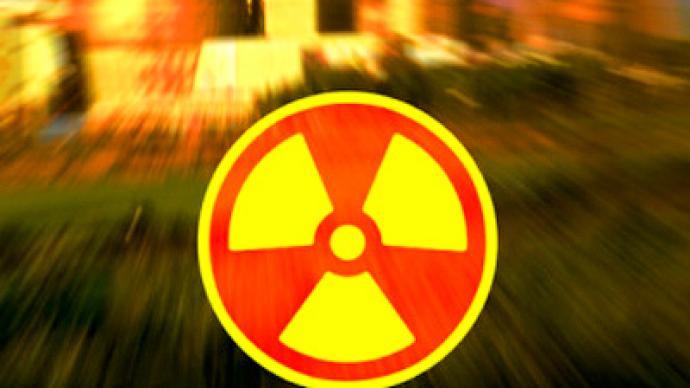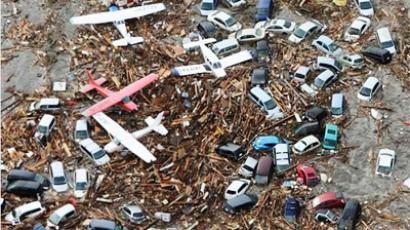No radiation from Japan detected in Russia

Russian Emergency Ministry confirms that radiation levels in the Russia’s Far East remain normal, but the ongoing change in the weather might turn the situation to the worse.
Emergency services has intensified radiological monitoring in Russia's Far East, a region close to Northern Japan, after the Friday’s report about the first explosion at the Fukushima Dai-Ichi nuclear power plant.But the second hydrogen explosion that occurred on Monday might also be accompanied by a change of wind, which is crucial for the existing situation.The sunny weekend was replaced with thick fog and then a snowfall more typical for January than March. The crucial question now is in which direction the wind from Japan will now go: to the Pacific or to the continent.Because the situation with Japanese nuclear power plants hit by earthquakes and tsunami remains unstable and unpredictable, nobody knows whether there will be a radioactive emission at one of them and in which direction the radioactive cloud will go.The current level of radiation in Russia’s Yuzhno-Sakhalinsk remains between 2-5 microroentgens per hour – much less than in any industrial city in Russia.Though there is no reason for panic, locals are bombarding the Emergency Ministry with phone calls demanding guarantees of safety. Still, nobody seems to be overreacting and relocating, RT’s Ekaterina Gracheva reports.The citizens from Vladivostok have expressed intense interest in acquiring household dosimeters – all because of the events in Japan. At the same time the demand for individual protective gear like gas masks remains the same. The price tag of the cheapest dosimeter starts from US$120 in Russia’s Far East.As far as tourists are concerned, they are taking the situation much more seriously following the panicking reports on international cable networks, and they are leaving the region as soon as possible to avoid any even hypothetical risks.The forecasters consider the predicted wind direction change good news – the wind is now going in the direction of the Pacific Ocean, meaning radioactive material would be carried to the Pacific.However, Dr. Robert Jacobs, a research associate professor of nuclear history and culture at the Hiroshima Peace Institute, says that these forecasts do not indicate that things are in good shape.“If the wind is blowing this way it may alleviate any problem in Eastern Russia, it may alleviate any problem in the Korean Peninsula. But it could well bring some amount of radioactive fall-out down on the North American continent, on the west coast of the United States.”
Despite the difficult situation at the Japanese nuclear plant, Russia is not going to downsize its own plans for the development of its civilian nuclear industry, Prime Minister Putin said on Monday.














